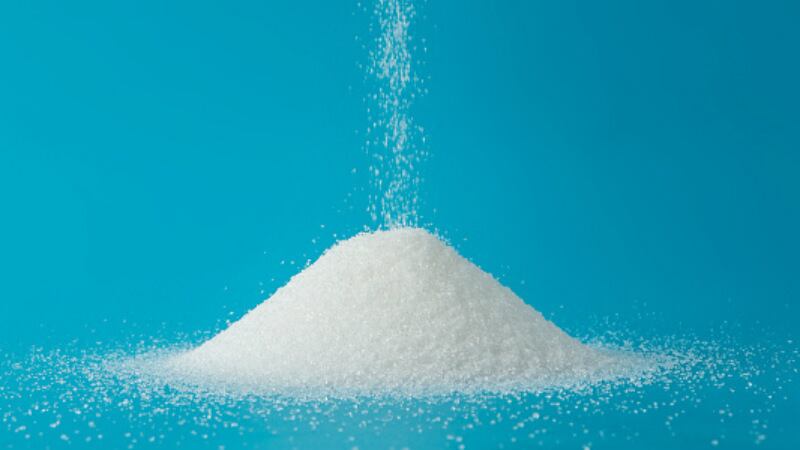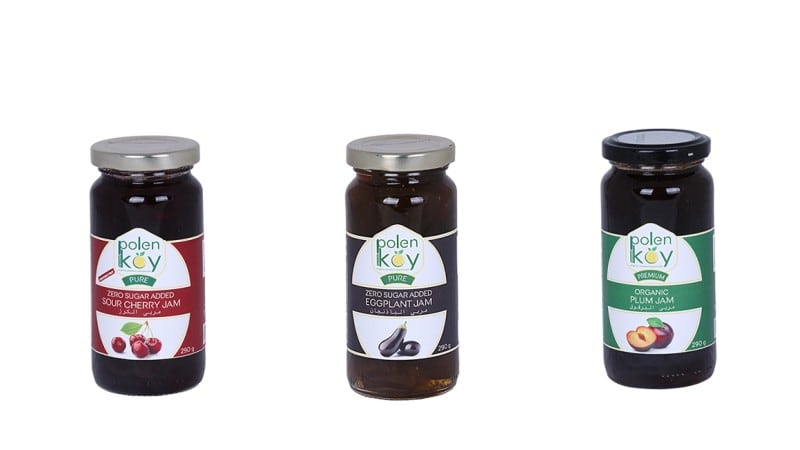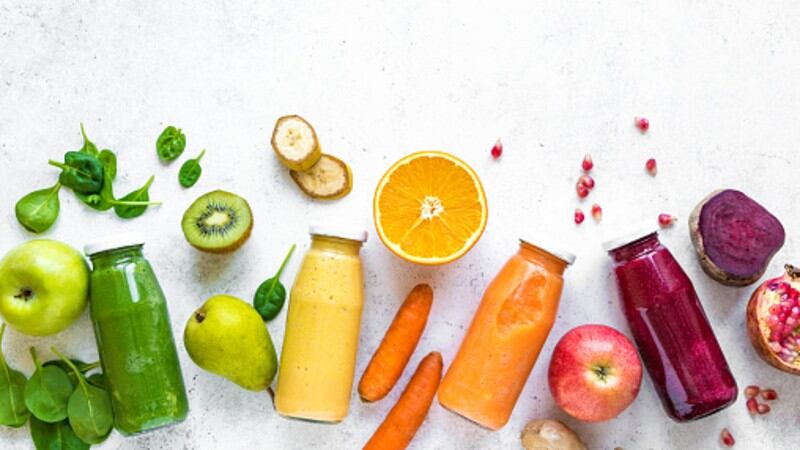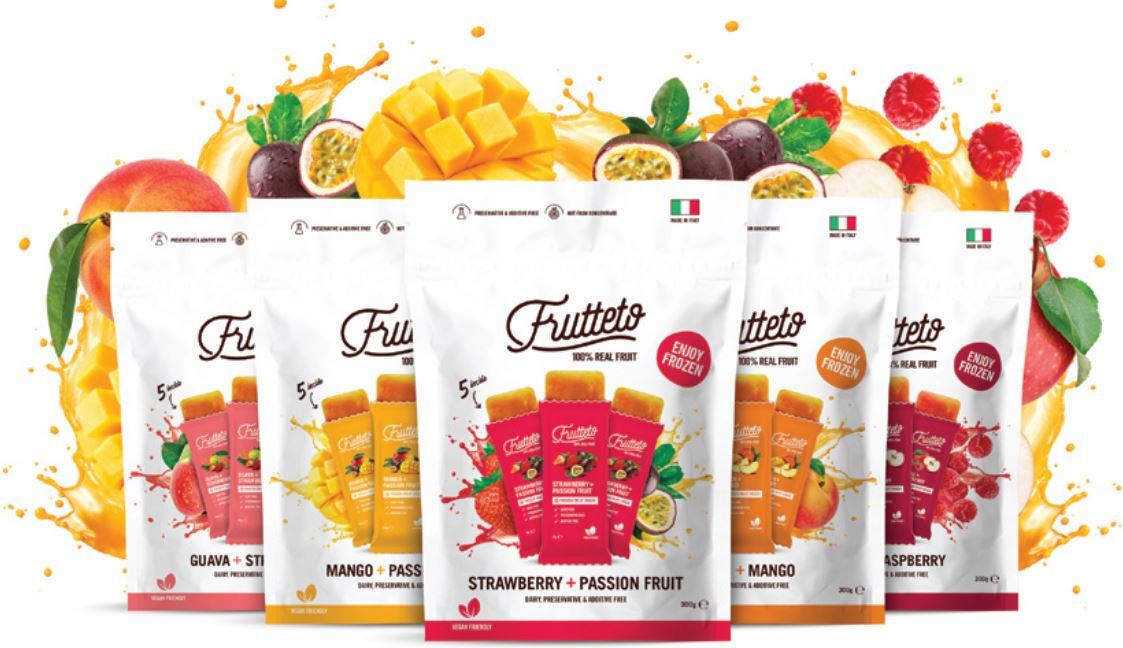Unsurprisingly, the campaign and Meetha website have drawn widespread public criticism especially from public health groups, but according to ISMA Legal and Taxation Director Bharati Balaji who is leading the campaign, the association has no intention to counter any of this as it ‘does not see the need’.
“The Sugar and Health campaign has no commercial aspect to it, we only aim to reach out to consumers with the correct information about sugar based on scientific R&D and most importantly based on India,” Balaji told FoodNavigator-Asia.
“A lot of information and articles circulating about sugar now is being aped from standards outside of India which people are following blindfolded – For example, there’s a lot about sugar overconsumption going on, but this is based on WHO standards, not Indian standards.
“There is no research factoring in the fact that 14% of the Indian population is malnourished so sugar is important as an affordable energy source, or that Indian consumers’ sugar consumption is one of the lowest worldwide.
“People are attacking sugar blindly regardless of the fact that there has not been any study or research to back up these attacks, no data or scientific research proving that the elimination of sugar automatically means better health. We want to bring the academic and health experts together to provide good information for people to make better decisions, that is the aim of this campaign.”
Balaji also cited research from the Indian Council of Medical Research (ICMR) which recommended an ideal daily intake of 30g sugar for Indian consumers, but also found that at present women are consuming on average 20.2g and men 18.7g daily, below these recommended intakes.
“WHO has different recommendations (five to 10 teaspoons or 20g to 40g a day) but it must be remembered that the diets there are different too,” she said.
“Many people there drink sweet drinks like Coke as a staple with just about every meal, getting a lot of sugar from there already, but things are different here in India, so the same measurements should not apply.
“We’re requesting the government to do more research on this, but a change in mindset is also needed, and this will take time. We just want to do our part by spreading the awareness.”
Regulatory challenges
However, ISMA is also facing challenges in the form of new regulations by the Food Safety and Standards Authority India (FSSAI), namely the dreaded ‘red dot’ labelling of foods high in fat, sugar or salt (HFSS), saying that this is deterring consumers from the right understanding.
“The regulations quoted WHO standards, again not applying any local research, and we really feel there was no basis to this and it will only deter and mislead the masses,” said Balaji.
“No other country has made something like this mandatory, so why is India doing this? It makes far more sense to put a nutritional label on packs and just let consumers make their own decisions rather than such a dot. We are calling for such standards to be made based on Indian data before pushing them forward.”
Everything still in moderation
That said, Balaji stressed that the aim of the campaign is not to promote an increase in sugar intake just like that , and sugar still needs to be consumed in moderation.
“Anything in excess is going to be bad, including sugar. We definitely still want people to take this in moderation, but balance this with the right knowledge too,” she said.
“Calories as a whole are what consumers need to worry about, which could come from sugar, protein, fats and so on and we want them to control their calories and live a healthy lifestyle, not just deprive themselves of one particular taste and believe it will automatically make them healthier.”





